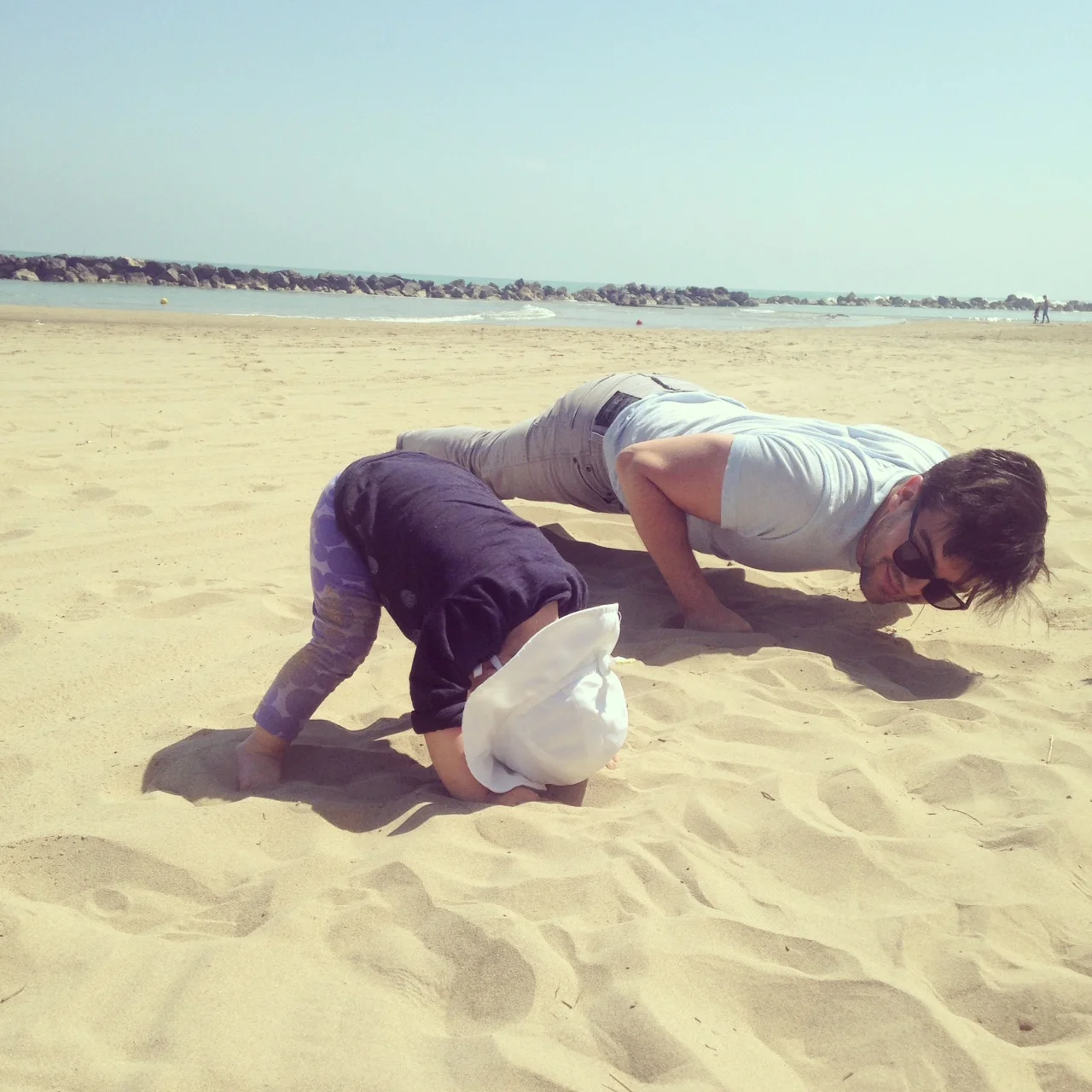I’ve built my career in a variety of roles, but always with a focus on design and technology. I'm a designer and product manager with over 10 years experience in design, e-commerce and SaaS. Working within startups and a public company has taught me how to manage multiple roles and thrive in a dynamic environment. Whatever needs to happen I'll get it done.
I've been working with emerging e-commerce brands for over 7 years, and I've taken a lot of satisfaction out of serving and empowering small businesses. As product lead at LOOKCAST I continually learned what it takes to grow a design driven service. The challenges of growing a SaaS business afford me opportunities to engage both my business acumen and design talent. I've found a home working within product.
Design & Product Management
I'm a customer driven product manger, and a product focused designer. Most of my training and work experience has been within design, but my entrepreneurial background has meant I've had to fill whatever role needed filling.
Leading product at LOOKCAST was the most fulfilling experience of my career. Defining features/capabilities, collaborating with engineering and growing a product from the ground up was both challenging and invigorating. To me it doesn't matter where I fall on the spectrum between product management and product design — as long as I'm involved in the process of building products I'm happy.
These are some guidelines/rules that I applied while leading product at LOOKCAST:
Go beyond passive tracking, talk to customers everyday
There has been a huge push in tracking and analytics, which is of course a good thing. However, the value of qualitative data has been diminished in direct correlation to the speed and ease of gathering quantitive data. A product person should be directly involved in Customer Service, and ideally should be hands on: handling tickets, creating tutorials and leading demos. Through constant exposure with your customers you can actually nurture and develop "good instincts" about your product and market.
Leverage and maintain a conceptual model
A product team should own the conceptual model, however every major facet of the organization should have a voice in its creation and updating. A conceptual model helps keep perspective and keeps one aware of any major departure or incongruences. That being said, much like business plans, conceptual models are meant to evolve over time. Management/everyone should drive discussions around challenges/opportunities and help substantiate the viability of this core business tool.
Setting a train schedule
It's too easy to delay product/feature launches. It doesn't help that we are all universally terrible at estimating, and to add fuel to the fire, your product is truly never "finished". On a more encouraging note, one of the most exciting elements in PM is working closely with technical teams to realize ideas. A "train schedule" is just a major release schedule, you pick 1-2 important features to release every month/2 weeks/etc. I would suggest not getting bogged down trying to plan point releases (bugs, improvements, etc). You and your team can help define what constitutes a Major release, but that launch date should be something that you set in stone. Once it's set, you stick to it. Like a train, it leaves the station at a particular date/time. If a feature is not ready it has to "wait" for the next train, and more importantly something has to be on the train when it leaves. This ensures that steady incremental improvements coincide with major epics that can span several months.
Spend as much time working within design as possible
It might be my own over-exposure to design, but to me Product Management fits naturally with "design-thinking". In SaaS the design team should be focused on constantly improving communication and UX. Often product design is pushed into only UX or UI design, while these are important elements, they are just that, elements of the field. A good design team is one that understands both business and marketing. This is where the relation to product management lies. A PM must understand the big picture, and yet still be hyper-focused on every little experience. Design can teach you how to sweat the details and how quality really does matter!
Bring leaders in marketing/development/business together
In my experience, effective CEO's know how to gather/learn first and then decide. As PM (within SaaS at least) your job is to make sure you truly understand the goals and challenges of each department within your company. The most effective way to gather this intel is to spend equal amounts of time working within each major facet of the organization, and to bring them together for key discussions on goals/objectives. For product-centric brands, making changes to the product will effect every arm of the business. Coordinate before you innovate.
